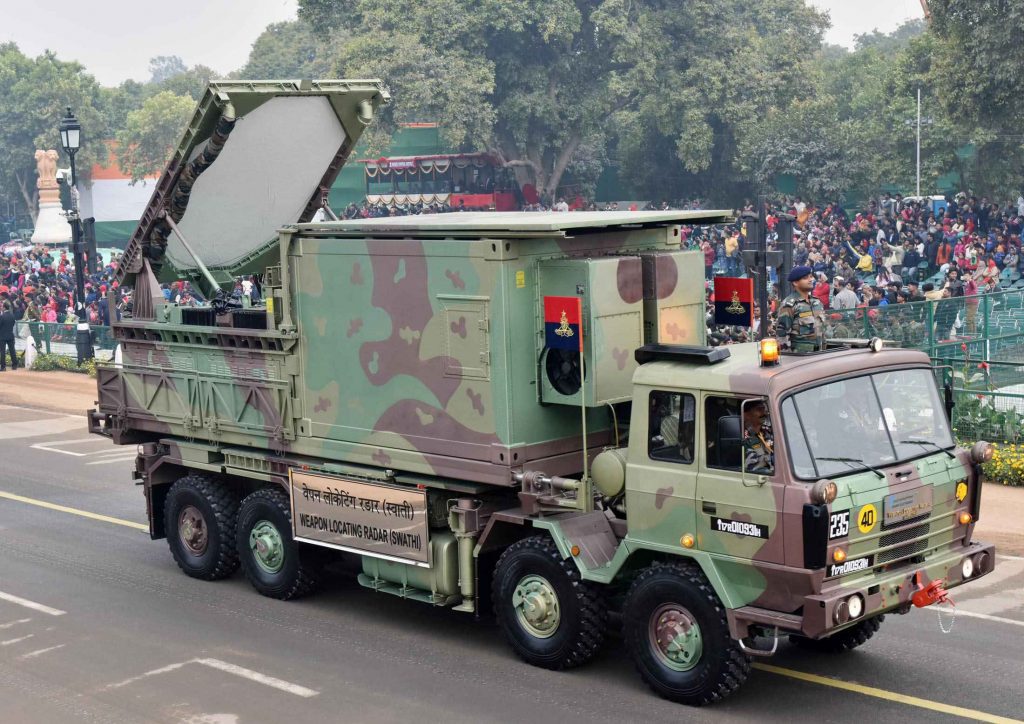New Delhi: The Defence Research and Development Organisation (DRDO) has announced a significant milestone in photonic radar technology, signalling the arrival of optical-based radar systems capable of outperforming traditional electronic radars.
By replacing conventional microwave components with photonic (light-based) modules, DRDO aims to overcome longstanding bottlenecks such as limited bandwidth, phase noise and electromagnetic interference.
What Exactly Has Gone into the Breakthrough?
DRDO has developed photonic subsystems including a photonic signal generation module for radar transmitters, and a multi-channel photonic receiver.
- A Wavelength Division Multiplexing (WDM)-based optical distribution network has been realised, enabling RF, data and control signals to travel over fibre links with minimal loss and interference.
- An ultra-narrowband RF filter created using photonic techniques has shown superior frequency selectivity compared to traditional microwave filters — a key advantage in crowded electromagnetic theatres.
Importance of Photonic Radar Technology for India
1. Stealth threat detection: Conventional radars struggle against low-radar-cross-section (RCS) targets like 5th-generation fighters. Photonic radar offers enhanced bandwidth and sensitivity, raising the odds of detecting stealthy platforms.
2. Future-proof sensor networks: The compact, energy-efficient nature of photonic systems also aligns with airborne, naval and space-borne platforms—enabling multi-static, networked radar configurations with optical links.
3. ‘Make in India’ edge: The initiative reinforces India’s indigenous capability under the Atmanirbhar Bharat framework, reducing dependence on foreign radar tech and strengthening supply-chain resilience.
What’s Next: From Lab to Field
DRDO sources indicate that the photonic radar programme is advancing from proof-of-concept to prototypes and eventual field trials. Tests are slated to begin in late 2025, according to analysts.
Collaborations with the Indian photonics industry and premier research institutions will drive technology transfer and scale-up for operational deployment on fighter jets, naval vessels and satellite platforms.
Major Challenges and Road Ahead
While the photonic radar breakthrough is promising, operationalising it at scale will involve:
- Ensuring ruggedisation of optical modules for extreme operational environments (temperature, vibration, shock)
- Integrating photonic back-ends into existing radar architectures and certification by armed forces
- Producing at scale with cost-effective manufacturing and maintenance logistics



























